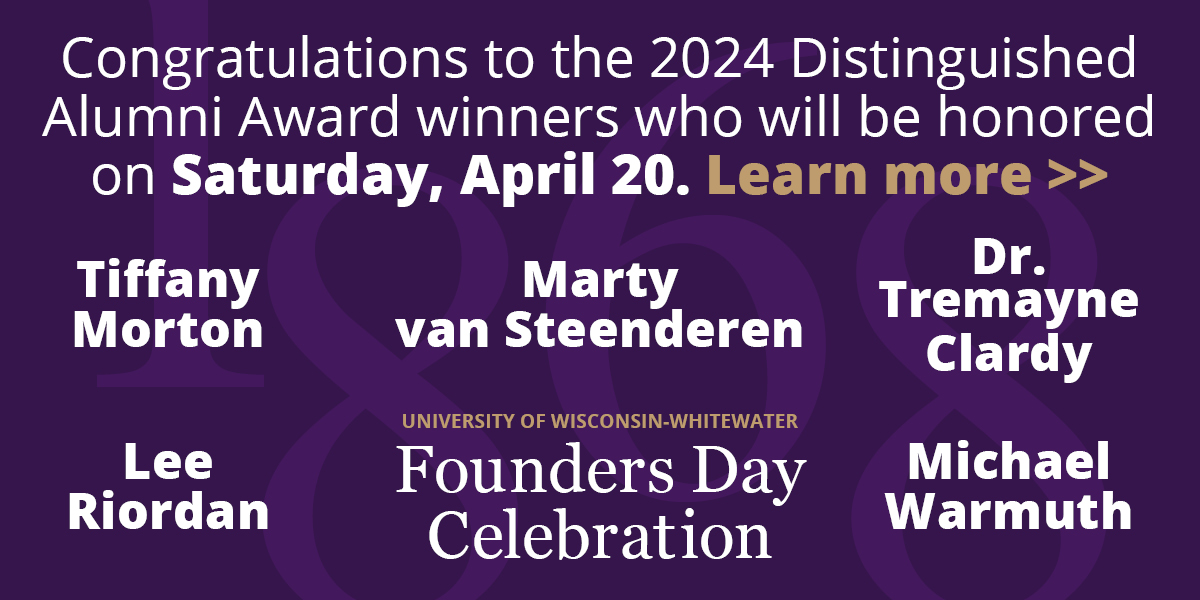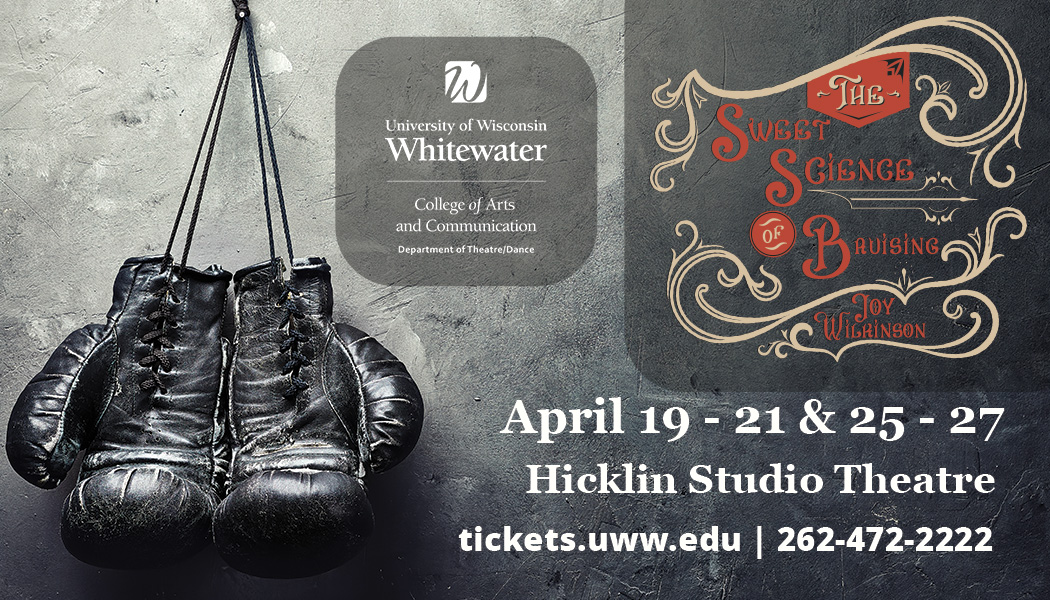By Kimberly Wethal
Feb. 3, 2016
Having a graduating class of 10 students would be troubling for some departments at UW-Whitewater, but it was enough to name the university as one of the top physics-degree granting institutions.
The recognition was awarded to UW-W late last year by the American Institute of Physics, a national organization focused on promoting science and physics-related job industries. Much of the requirements determining whether a college or university qualifies to be recognized is the number of students graduating from the program.
UW-W’s number of physics graduates has tripled in the past decade, College of Letters and Sciences Dean David Travis said.
“It was not a very large program, and it had a very small number of majors as recently as about ten years ago, under 20 [students]” Travis said. “They’ve really done great work in growing the program, so it’s a real success story.”
Part of the growth and success of the program can be attributed to Upham Hall’s renovation 11 years ago, which allowed for updated equipment, but also to the faculty who have demonstrated good leadership since being hired, Travis said.
“We look for someone who can really connect with students,” Travis said. “We want excellent teachers and faculty who are able to put themselves in the shoes of the students.”
At the time Upham Hall was in the middle of a two-phase, $40 million dollar renovation in 2005, and the physics department followed close behind.
Many of the faculty who had taught at UW-W for years were at the stage of retirement, resulting in a “complete turnover” and opening the doors for a new staff of faculty to come in, bringing new ideas to the program.
“The major changes came with new people, so it was a major revision in our curriculum,” said Robert Benjamin, chair of the physics program.
The curriculum revision allowed the new faculty to update required classes, and create separate tracks for those who wanted to continue into engineering, and those who had their hearts set on being scientists.
The College of Letters and Sciences has supported the growth of the program through hiring a diverse new staff, and also allowed for the purchase of “cutting-edge” technology for the physics labs.
While a growing program and the national recognition is a nice accolade when trying to recruit students, Travis said it’s important to be “careful” as it grows, with limited space and faculty playing into those concerns.
“[It’ll] be an interesting challenge,” Travis said. “Rather, I think our goal right now isn’t continuing to grow at the same pace, but is just to make sure we allow growth to happen in an organic way, and if it does happen, give [the program] the proper support that they need to insure first and foremost that the growth isn’t compromising quality.”
Serving students
The design of the major allows for a deeper level of student engagement, acting as another piece of criteria taken into account when earning the recognition from the American Institute of Physics.
It is a characteristic that is not weighed as heavily as the graduate numbers but is still important to take into account, Benjamin said.
“Being a smaller major, we can be very student-focused,” Benjamin said. “It’s something I’m proud of; students in our program aren’t just herded through the program. They all get the opportunity for individualized attention.”
Students are offered multiple opportunities to expand their knowledge within their field of study, with undergraduate research and internships made known to students.
American Institute of Physics tracking of the trends in the field is useful for the faculty in assisting students into fields with a need for them, Benjamin said.
“It’s really nice to know and share that with our majors so we can say ‘people like you get jobs like this,’” he said. “When a student here is getting ready to graduate, I can give them a list of places in Wisconsin in the last five years that have hired physics majors.”
The program looks to strengthen the connections with their alumni and their respective companies and graduate programs in the near future, as a way of being able to provide future students with more resources to land on their feet following graduation.
In addition to the facilities and the faculty made available for students, Travis said the environment in Upham Hall – a place where they can learn, study and interact with their peers – contributes to the growth of the program.
“It creates a culture that physics is a home for these students,” Travis said. “What it really does is create a space where students hang out and aren’t always learning about the subject, but are talking to other students that are interested in the same topics they’re interested in.”












